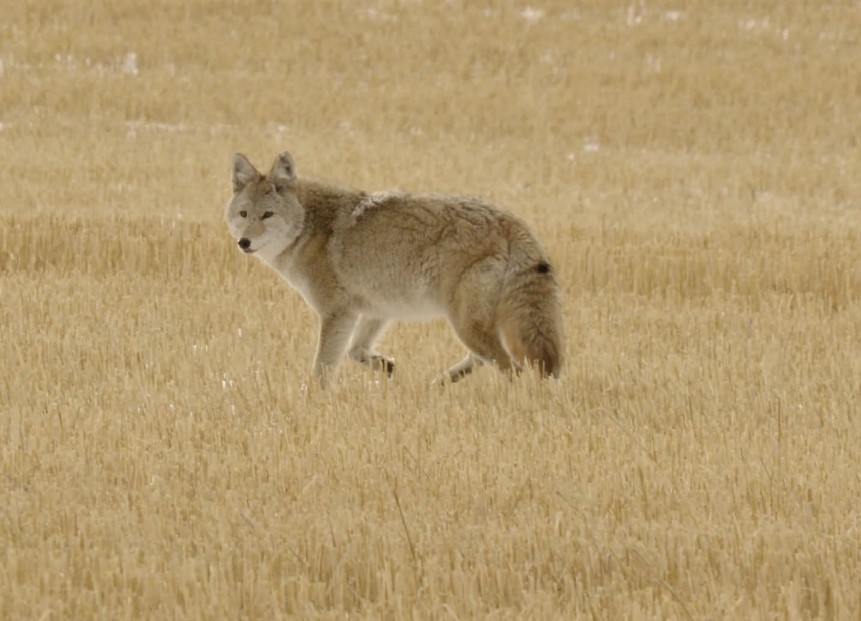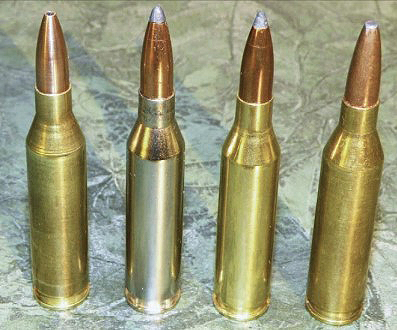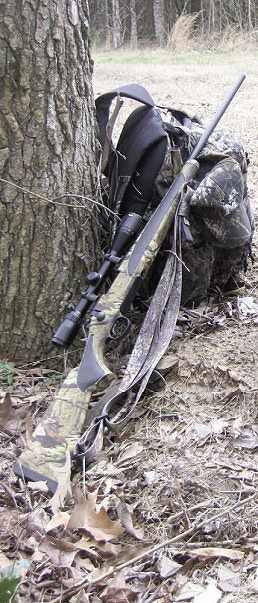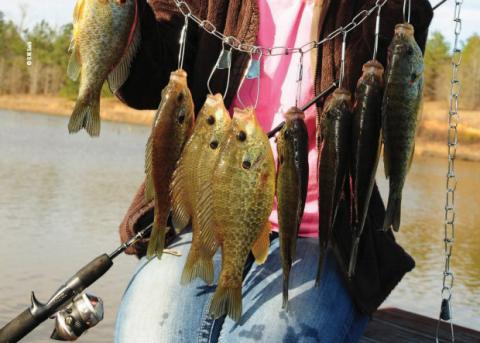Ken Delano | Originally published in GameKeepers: Farming for Wildlife Magazine. To subscribe, click here.

Ask a dozen hunters or shooters, “What’s the most versatile cartridge available?” and you’ll get at least a half-dozen different answers. Of course, you have to define “versatile” to some degree – but if that definition is something like “the ability to take care of shooting chores all the way from varmints to medium-size game” – the .243 Winchester would be a frequently chosen candidate.
With available bullet weights from 55-grain “varminters,” to 100-grain medium game killers, plus ultra-long (heavy for the caliber) target bullets in the 105-115 grain range, the .243 can really almost “do it all.” Of course, there are tradeoffs for everything, and no one cartridge can really do it all equally well. What the .243 is not is a BIG game cartridge. It’s not meant for the truly big stuff – which I define as elk size and up. Will it kill them? Sure. Is it the best choice for this use? No, and respect for the game we hunt demands we use a rifle/cartridge combo that can do the job even under less than ideal conditions, not just when everything is just right. For most everything else, the .243 really shines.

Partition, 100 grain Hornady spire point and 100 grain
Sierra Pro-hunter.
Based on the parent .308 Winchester case, the .243 first appeared in 1955 in Winchester’s model 70 bolt-action. It was envisioned as a “dual-purpose” cartridge, highly useful for both varmints and medium game. Remington more or less concurrently brought out the .244 Remington in their model 722 bolt-action gun. Thinking that shooters would primarily use the .244 for the varmint-size game, Remington fitted their guns with a 1:12 twist barrel that didn’t reliably stabilize bullets over about 90 grains.
More correctly reading the market, Winchester’s barrels were rifled with a faster 1:10 twist that stabilized 100-grain bullets as well as lighter ones, and the Remington version never caught on. Although it could be argued the .244 (later re-introduced as the 6mm Remington) is a better case design with its longer neck and slightly larger case capacity, it has never enjoyed the popularity of the .243. With that said, anything true of the .243 is equally true of the 6mm, with the possible exception of ammo availability in far-flung places.
What makes the .243 such a versatile round and good all-around rifle chambering? Well, where do I start?… excellent accuracy, universal availability, low recoil, great performance on varmints, handles the wind better than most .22 caliber varmint cartridges, takes the deer-size game with authority and reliability, and available in every action type and rifle style on the market from single-shots to semi-autos. As noted at the outset, versatility is a real strong point of the .243 Winchester. Using your medium-game rifle for varmints and predators in the off-season can only make you a better shot and increase your familiarity with your rifle/scope/ammo combination. As the old saying goes, “beware the man with one gun – he just might know how to use it.”
For the small varmint/pest hunter, the .243 loaded with 55 to 70-grain bullets is a lethal setup. The 55s muzzle velocity can approach 4,000 fps for devastating performance on small pest targets like crows, groundhogs, rock chucks, prairie dogs, and the like. I remember a certain unlucky crow that had a fatal meeting with a 60 grain Sierra hollow-point on a windy day when the intended quarry – groundhogs – were not showing themselves. The lightweight pill streaking along at over 3,600 fps turned the “bandit bird” into a rag of feathers at 175 yards. It was my first varmint kill with a centerfire rifle, and I was highly impressed.

hollow point, 90 grain Barnes hollow point, 95 grain Nosler
Partition, 100 grain Nosler Partition, 100 grain Hornady spire
point and 100 grain Sierra Pro-hunter.
The 70 to 80-grain bullets will retain velocity and buck the wind better and are probably better choices for coyote, bobcat, and fox if longer shots are anticipated. The most common factory load in this weight range is the 80 grain. Although they will do the job if placed well, most bullets in this weight range are not constructed stoutly enough to be recommended for deer and antelope. The Barnes or similar solid copper bullets are an exception. Although they weigh less than the typical medium game bullets for any given caliber, they are of premium bullet construction and will hold together well.
Although I haven’t used them personally, I have heard and read glowing reports on the 85 grain Barnes TSX. For medium game such as deer, pronghorn, and the like, the 90 – 105-grain bullets excel. There are a multitude of factory ammo offerings in this category, and I don’t know of any bad ones. The Federal Hi-Shok100 grain has dropped every deer I’ve turned it on, and it’s the factory load I’ve had the most experience with. Many hunters swear by the Remington Corelokts and Winchester Power Points in 100 grain as well. Most of my game shooting with the .243 has been with handloads.

SPS chambered in .243.
A wide variety of medium burning rate powders will give good results. 3031, 4895, H-414, and H-450 have all worked well for me with the 100 grain Sierra Prohunter flat base and the Nosler Partition in 100-grain weight. The Nosler is also offered in 95-grain weight in the partition design.
Midway USA’s website lists no less than 35 different bullets in the “medium game” category, which demonstrates the popularity of the .243 with reloaders as well as the great selection of bullets available to shooters, hunters, and reloaders. Factory ammo offerings are just as broad. Hunter and outdoor writer Chuck Hawks notes: "When using the .243 to hunt medium-size big game animals, bullet selection is paramount. Rapid, but controlled, expansion is very important, as the small diameter 6mm bullet has little shocking power if it does not expand and deliver its energy inside of the animal. Two bullets in the 90-100 grain weight range that have earned a good reputation on medium size big game animals are the Remington Core-Lokt and Nosler Partition." I couldn’t agree more.
It’s important with all cartridges to match the bullet to the game animal, but even more so with small bore chambering like the .243. A real strong point of the .243 is its mild recoil, which tends to make better shooters out of most of us (smile). For the same reason, it is an excellent choice for youngsters, ladies, or any new shooter.
It represents the lower-end threshold of killing effectiveness for deer, antelope, and black bear, yet is entirely adequate for these uses as long as appropriate bullets are selected and shots are well-placed. While doing a little reading and online research on this topic, I came across a comment by one older shooter who said he had started with a .243 as a youngster over 50 years ago and had never found a need for another rifle caliber. That pretty much sums it up. If your quarry is the elk-size game or bigger, get a bigger rifle…use enough gun. But if your hunting is limited to varmints up through the deer-sized game, the .243 Winchester may well be all you’ll ever need – a perfect setup for the gamekeeper wanting a true dual-purpose rifle.





























